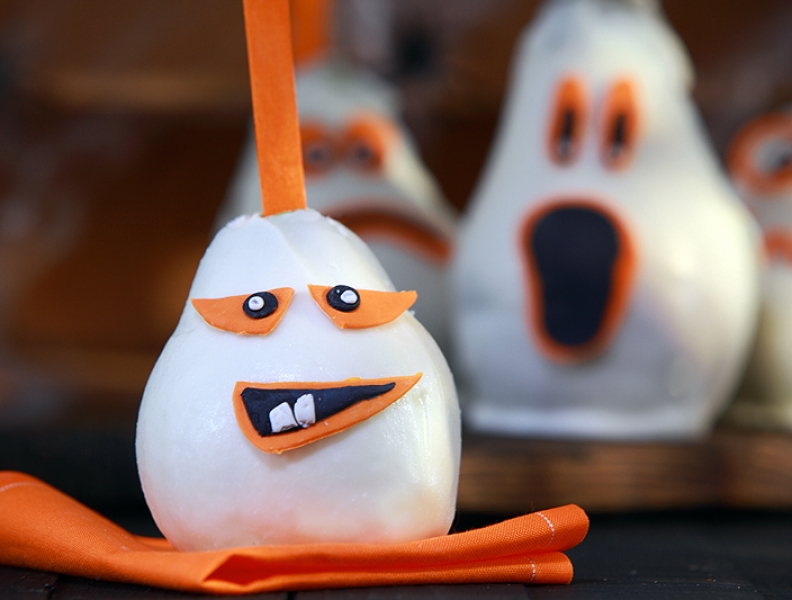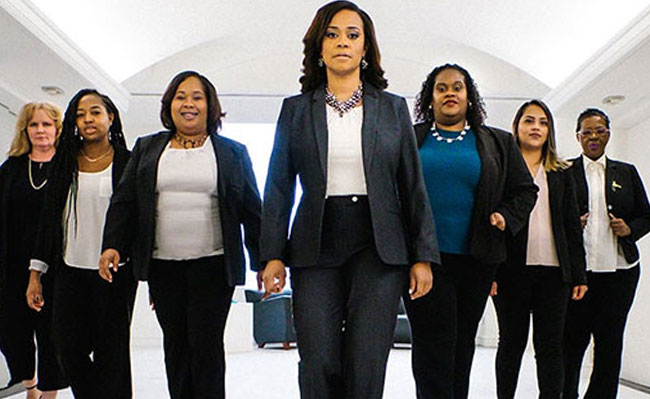
Encourage Tricks and Treats, Not Tragedies This Halloween: Safety Tips for Families
Children Are Twice as Likely to Be Hit By a Car on Halloween Than Any Other Day of the Year
Halloween is upon us, which means a swarm of super heroes, ghosts, Ninja Turtles, Disney princesses and other children in disguise will soon hit the streets in search of chocolate, lollipops, bubble gum and other sweet treats. Halloween is a fun and fanciful time for children and adults alike, but a few safety missteps could lead to frightening results, ranging from pedestrian accidents to food poisoning. According to the National Highway Traffic Safety Administration, more than twice as many children are killed in pedestrian/vehicle incidents between 4:00 pm and 10:00 pm on Halloween as compared to the same hours on other days throughout the year.
Preventive Measures to Keep Children Safe This Halloween
The American Academy of Pediatrics recommends the following tips to help keep children safe this Halloween:
- Costumes should be bright and reflective so they can be seen in the dark. They should be short enough to prevent tripping or coming into contact with a flame. Costume shoes should fit well to prevent stumbling. Wigs and accessories should be flame resistant. If a costume includes a sword, cane or stick, the object should not be sharp or too long.
- A parent or responsible adult should always accompany young trick-or-treaters.
- If older children are trick-or-treating without an adult, they should do so in a group. A parent should know the route they are taking and set a specific time for when they should return home.
- Trick-or-treaters should carry flashlights with fresh batteries or glow sticks.
- Children should only trick-or-treat at homes with a porch light on and should never enter a home or car for a treat.
- Children or parents should carry a cellphone while trick-or-treating for quick communication in the event of an emergency. If any suspicious or unlawful activity is observed, they should call the police.
- Trick-or-treaters should remain on well-lit streets and use sidewalks if they are available. If no sidewalk is available, they should walk on the far edge of the roadway facing traffic.
- Trick-or-treaters should only cross the street as a group in established crosswalks and never cross between parked cars.
- A responsible adult should examine all treats and throw away any spoiled, unwrapped or suspicious items.
This update has been prepared by Council & Associates for informational purposes only and does not constitute legal advice. The information is not provided in the course of an attorney-client relationship and is not a substitute for legal advice from a licensed attorney in your jurisdiction.


